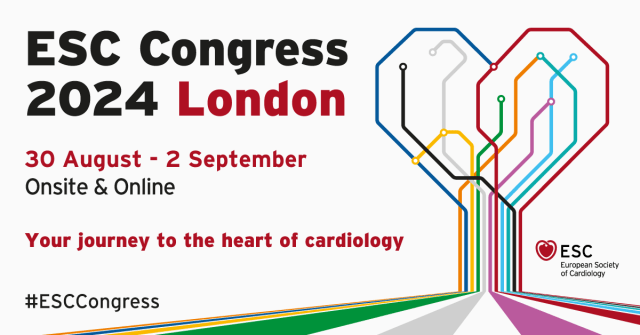Millions of people undergo either diagnostic or therapeutic coronary procedures that require sedation. The aim of this study was to assess whether food restriction is necessary before sedation in these procedures.

This was a randomized study in centers of Australia. Patients were randomly assigned 1:1 to two groups: the fasting group (6 hours with no solid food and 2 without any liquids) and the no restriction group (habitual diet).
The primary outcome was a composite of events including aspiration pneumonia, hypotension, hyper and hypo glycaemia.
716 patients were included, mean age 69, 35% women. Primary end point occurred in 19.1% of the fasting group and 12% of the regular diet group. Upon intention to treat analysis, the net difference was -5.2% in favor of the no fast group, confirming non inferiority for this strategy.
Read also: ESC 2024 | SENIOR RITA: Invasive Strategy for Elderly Patients with ACS.
As regards patient satisfaction, it was significantly higher in the no fast group (15±4.3 vs. 11±4.0 satisfaction).
This study, together with the CHOW-NOW, TONIC and Fast-CIED studies, shows there is solid evidence in favor of the lack of benefit of fasting prior these kind of procedures.
Presented by David Ferreia at Hot-Line Sessions, ESC Congress 2024, August 30 thru September 2, London, England
Subscribe to our weekly newsletter
Get the latest scientific articles on interventional cardiology





